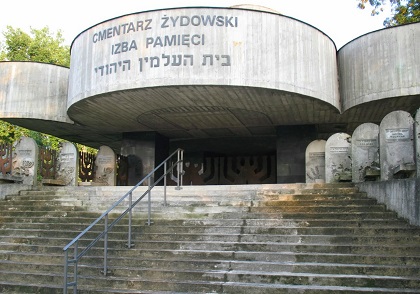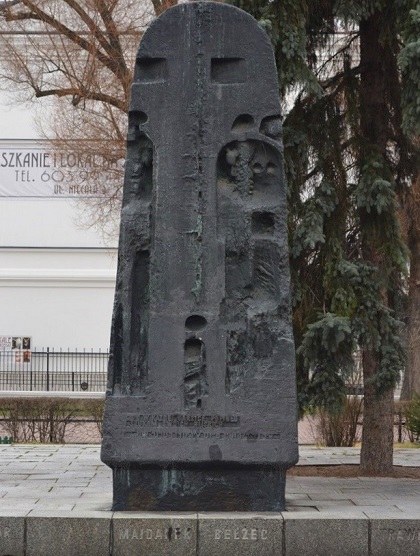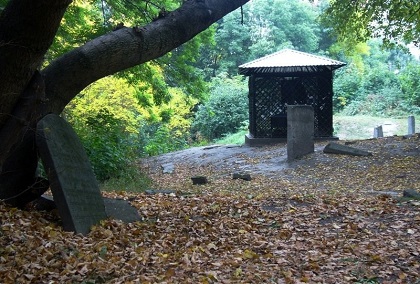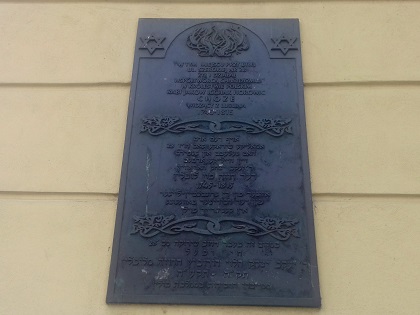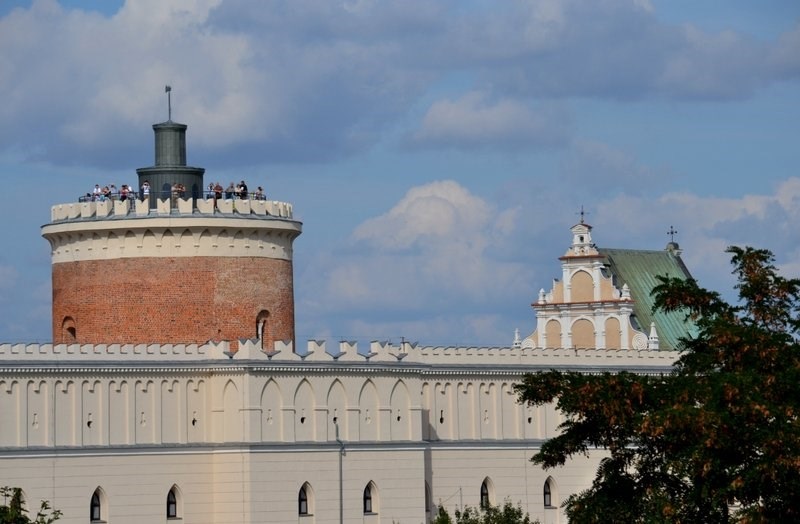Judaica

The Jewish cemetery, existing since 1829, was devastated by the Germans during World War II. In the 1980s, the cemetery was cleaned up thanks to the funds donated by Sara and Manfred Frenkl. It got surrounded by a wall and by the entrance an impressive mausoleum with a remembrance room was erected. The original ohel of rabbi Majer Szapiro (died in 1933), whose remains were exhumed and transported to Jerusalem in 1958, has been preserved. ...

The monument by Bogumił Zagajewski and Janusz Tarabuła was erected in 1963 on the 20th anniversary of the liquidation of the ghetto in Lublin. ...

The hill on which the cemetery is located was originally a medieval stronghold. The earliest information about its existence dates back to the late 15th century. ...

At the non-existent 28 Szeroka Street, on the grounds of the jewish quarter largely liquidated by the nazis, stood the house of Yaakov Yitzchak Horowitz (1745-1815) – the famous tzaddik and the co-founder of the Hasidic movement in the Kingdom of Poland. ...

The Lublin Castle is one of the architectural and historical symbols of Lublin. It is believed that already in the VI century AD there was an early medieval settlement at the Castle Hill, as the natural values of the hill favored the establishment of a defensive, wooden structure. In the XII century it was a seat of a castellan, and in the XIII century a tower called donjon was built that we can admire to this day. The crucial date in the history of the castle was the year 1341, when the Tatars invaded Lublin. After this event, king Casimir the Great decided to built a brick castle in place of ...
Page 2 of 2




